Complex Regional Pain Syndrome Mri
Complex regional pain syndrome mri. A review of diagnostic tools. Patients who develop this show marked hyperalgesia and allodynia. If a nerve is identified that contributes to the underlying pathology targeted treatment directed at the injured nerve can be offered.
Complex Regional Pain Syndrome Diagnostic Criteria The presence of an initiating noxious event or a cause of immobilization Continuing pain allodynia perception of pain from a non-painful stimulus or hyperalgesia disproportionate to the inciting event. Complex Regional Pain Syndrome. Purpose To evaluate the diagnostic potential of MRI in patients with suspected CRPS complex regional pain syndrome.
The International Association for the Study of Pain IASP criteria established in 1994 do not include any technical tests simply because there is no test that has. Conventional magnetic resonance imaging MRI sequences of patients with complex regional pain syndrome CRPS have shown abnormal signals in skin soft tissue joints bone and bone marrow but not yet in skeletal muscles during the acute phase. CRPS is a neuropathic pain syndrome and has two types.
CRPS Type I no known nerve injury and CRPS Type II known injury leading to pain. Typically CRPS may develop in hand or foot after an initiating event such as trauma or surgery without nerve damageCRPS type I with nerve damageCRPS type II. Complex Regional Pain Syndrome is a severe complication of extremity fracture or other injury.
This condition can complicate recovery and impair ones functional and psychological well-being. Complex Regional Pain Syndrome CRPS This is a type of chronic long-lasting pain. In most cases it develops in an arm or a leg that you have previously injured.
One unique aspect of limb pain is the diagnosis of CRPS. Complex regional pain syndrome CRPS is a broad term describing excess and prolonged pain and inflammation that follows an injury to an arm or leg. In recent years changes in brain structure and function have been studied extensively in patients with complex regional pain syndrome CRPS following clinical observations of altered central processing of sensory stimuli and motor control.
CRPS has acute recent short-term and chronic lasting greater than six months forms. The aim of this study was to clarify whether or not the affected muscles in CRPS patients show abnormal MRI signal intensities or signal.
Complex Regional Pain Syndrome CRPS This is a type of chronic long-lasting pain.
Complex regional pain syndrome CRPS is a debilitating condition affecting the limbs that can be induced by surgery or trauma. One unique aspect of limb pain is the diagnosis of CRPS. CRPS is a neuropathic pain syndrome and has two types. Typically CRPS may develop in hand or foot after an initiating event such as trauma or surgery without nerve damageCRPS type I with nerve damageCRPS type II. A review of diagnostic tools. The aim of this study was to clarify whether or not the affected muscles in CRPS patients show abnormal MRI signal intensities or signal. Complex Regional Pain Syndrome. Patients who develop this show marked hyperalgesia and allodynia. In most cases it develops in an arm or a leg that you have previously injured.
This condition can complicate recovery and impair ones functional and psychological well-being. CRPS has acute recent short-term and chronic lasting greater than six months forms. The aim of this study was to clarify whether or not the affected muscles in CRPS patients show abnormal MRI signal intensities or signal. Complex Regional Pain Syndrome is a severe complication of extremity fracture or other injury. Complex regional pain syndrome CRPS is a debilitating condition affecting the limbs that can be induced by surgery or trauma. CRPS Type I no known nerve injury and CRPS Type II known injury leading to pain. In most cases it develops in an arm or a leg that you have previously injured.



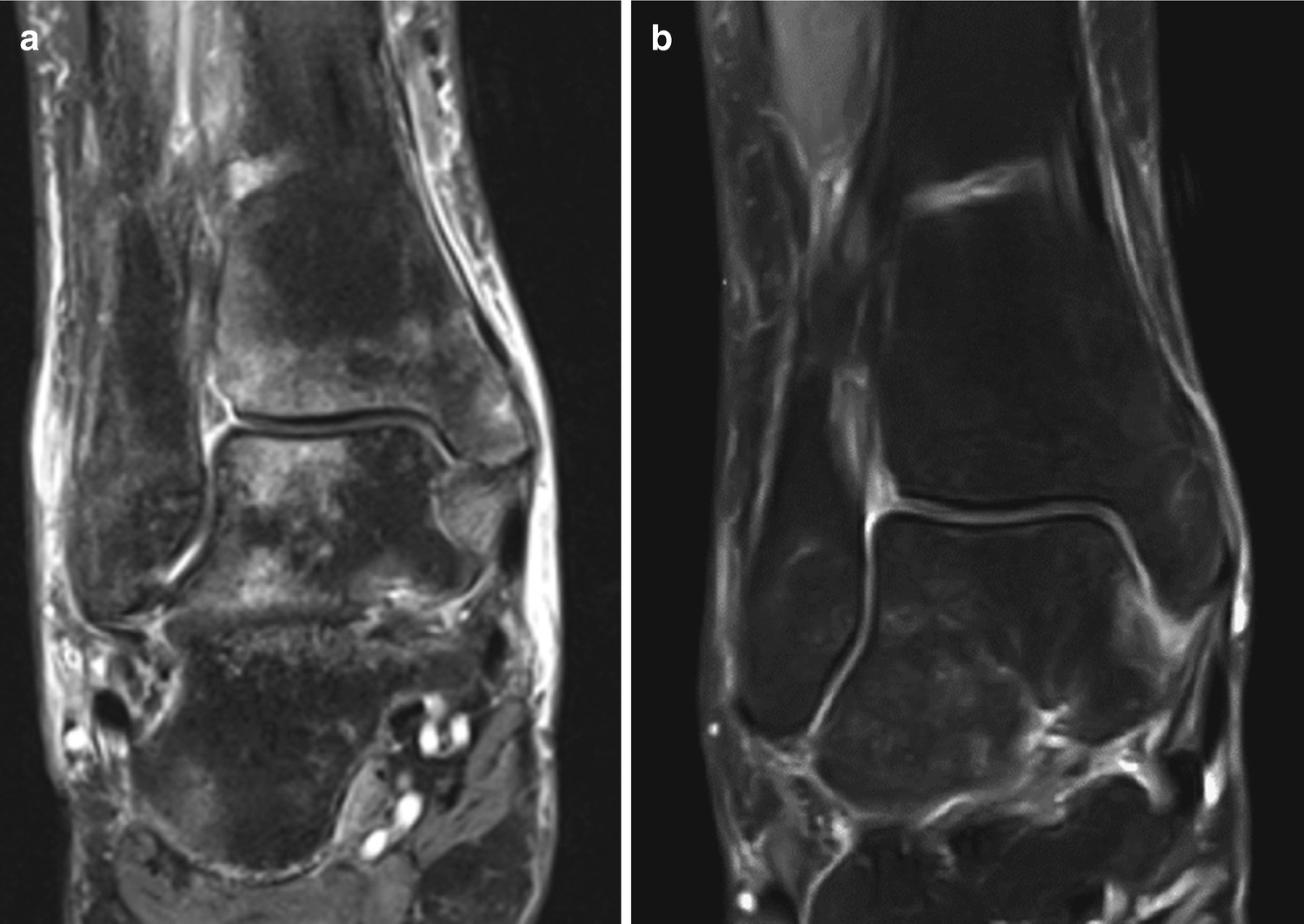



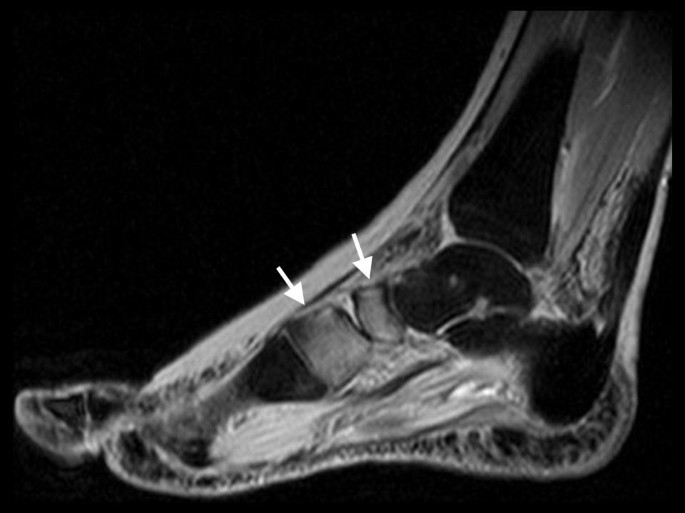









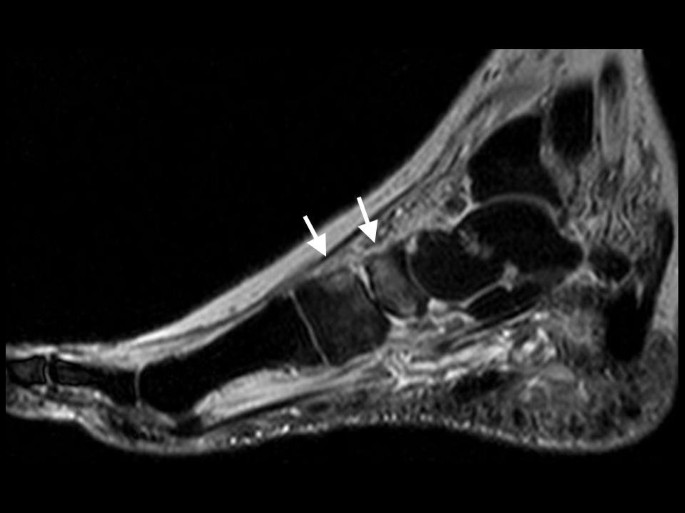



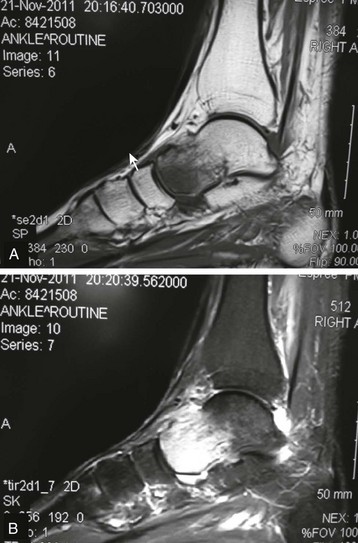
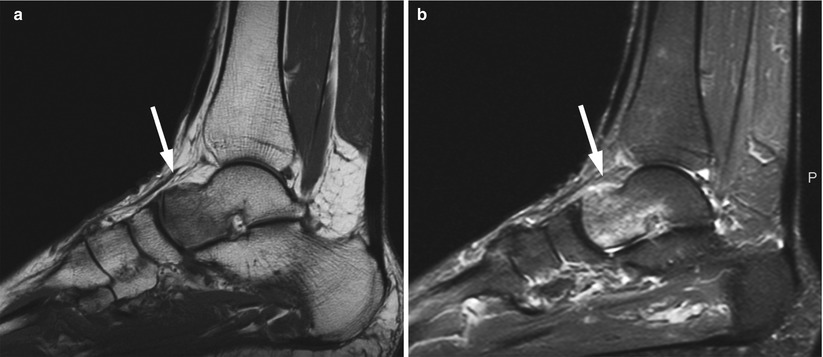



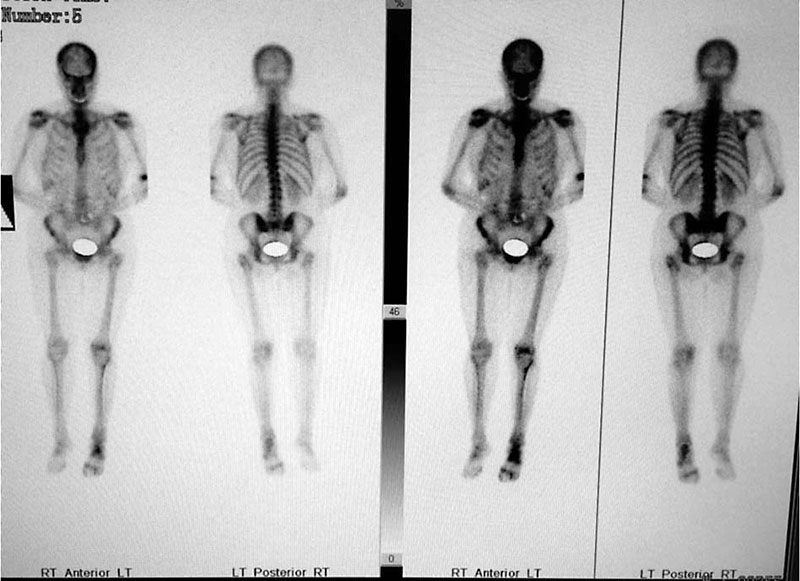











Post a Comment for "Complex Regional Pain Syndrome Mri"